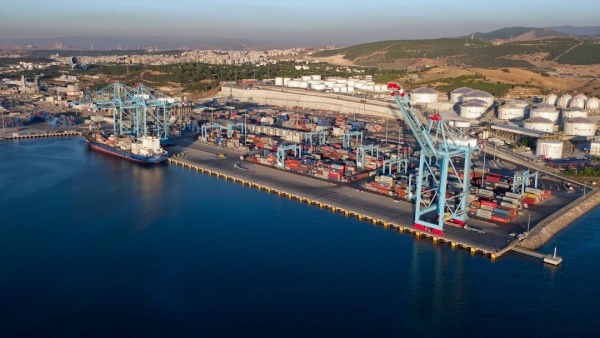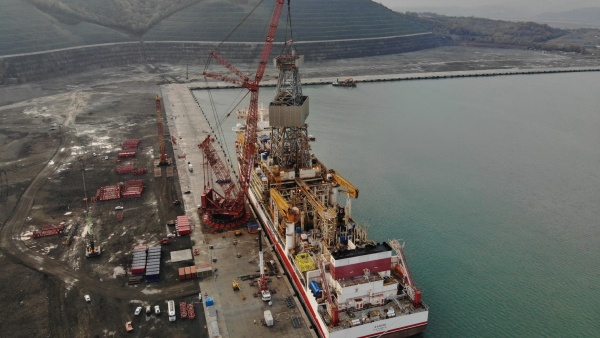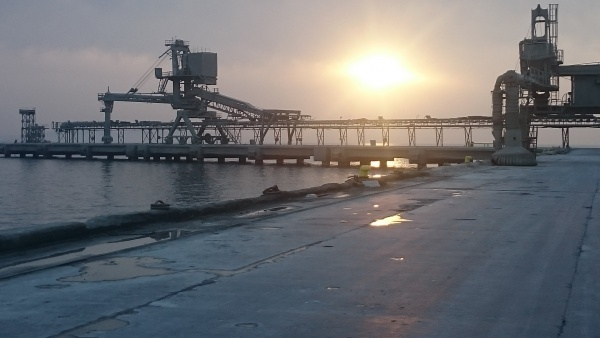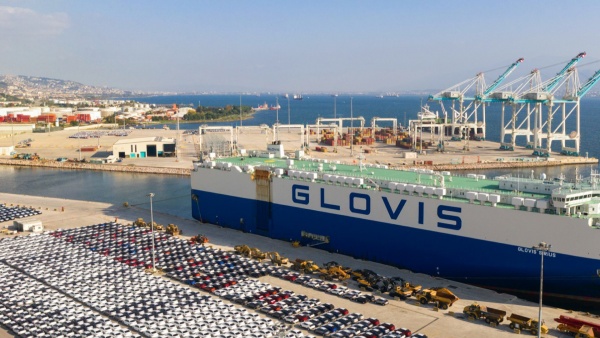Maritime Cargo Facilities

CONTAINER
TERMINALS
Container terminals play an essential role in international commercial activity. Representing the intersection of sea and land transport, they are both the starting and ending points of global container traffic.
Equipment layout and planning of the CFS site are crucial to maintaining the efficiency and sustainability of port operations at container terminals worldwide.
ARTI Proje offers preliminary design, detailed engineering, and construction consultancy services, along with project planning and feasibility surveys in many national and international container terminal projects.

GENERAL CARGO
TERMINALS
General cargo terminals are not meant for the use of a specific cargo group. These terminals allow for loading and unloading operations at the pier through the use of mobile cranes or special ship-borne equipment.
Because the facility is not used by a single cargo group, equipment selection and the location of warehouse and hangar areas inside the terminal are vital to ensuring optimal efficiency of port operations.
Artı Proje has been closely involved in many General Cargo Terminal projects, especially in terms of port planning, equipment selection, and design of marine structures.

DRY BULK
TERMINALS
Traffic through dry cargo terminals typically consists of large amounts of unpackaged solid cargoes, such as scrap iron, unprocessed ores, cement, sand and cereal. These are transferred from ship to port using special equipment attached to the end of dock cranes and warehouses (in silos) through conveyors or air-pipe systems. Depending on the type of ship and the operations required, deep-water withdrawal may be needed within the scope of the project.
Our specialist engineers have successfully taken part in the planning, preliminary design, detailed engineering, and construction consultancy phases of numerous Dry Bulk Terminal projects implemented in a range of different water depths.

OIL
& GAS TERMINALS
Liquid cargo terminal activities vary depending on the different types of cargo being handled. Among the main handled goods at these terminals are crude oil, petroleum products, LNG and liquid chemical products. Products arriving at liquid cargo terminals must be handled, stored and shipped without affecting the quality of the products being shipped. For this reason, product lines and storage facilities at Oil & Gas Terminals must be carefully designed during the port-planning stage.
Chemical products handled at liquid cargo terminals are typically classified as hazardous materials. Therefore, to ensure maximum operational safety, it is crucial to correctly position the equipment used during the loading/unloading processes for liquid cargoes.
With our successful team of engineers, we have delivered preliminary design and detailed engineering services for many large-scale liquid cargo terminal projects by evaluating all risk factors (including seismic conditions), especially in Europe, Asia and the Middle East.

RO-RO
& FERRY TERMINALS
Ro-Ro (roll-on/roll-off) and ferry terminals serve to transport wheeled vehicles by sea. Such terminals require ramp installation between ship and shore for unloading processes. Therefore, the appropriate design of berths/docks is essential for the safe positioning of ramps at the terminal. When designing these terminals, it is necessary to evaluate the particular tide regime of the region and implement the design process accordingly.
Our team has designed numerous berth/pier structures for ro-ro and passenger terminals at a range of different tide intervals.

TEMPORAY HEAVY DUTY
PLATFORMS
When it comes to marine structures, heavy-duty operations always present engineering challenges. We offer our clients structural analysis solutions for existing constructions during heavy-duty operations with our experienced and specialist engineers.